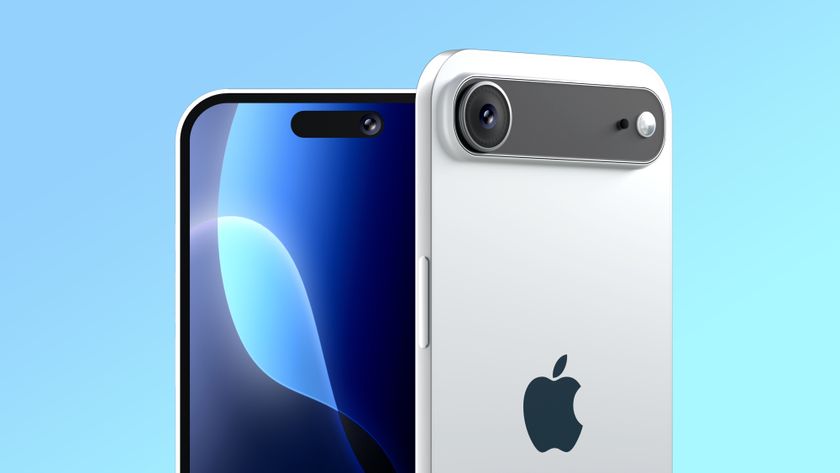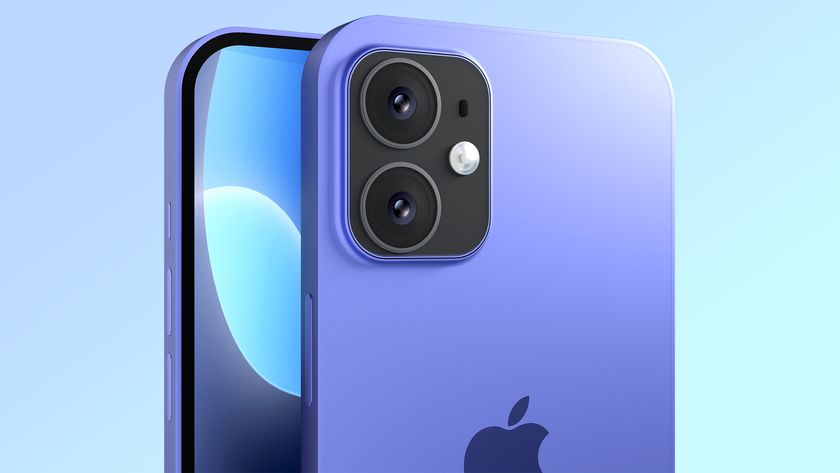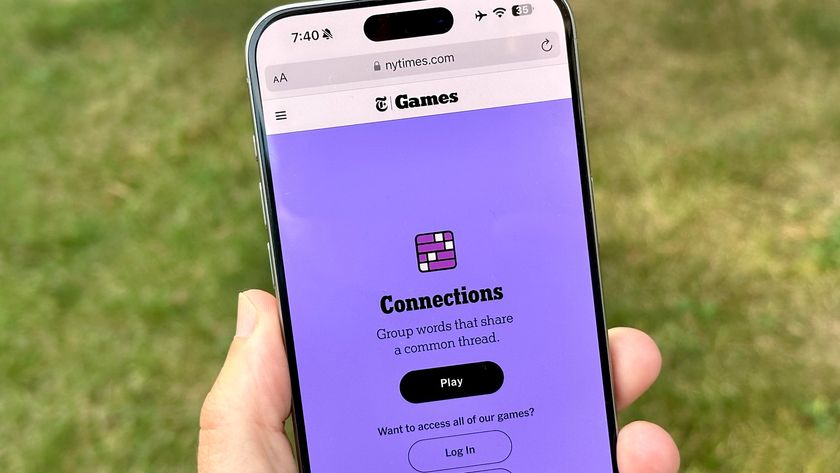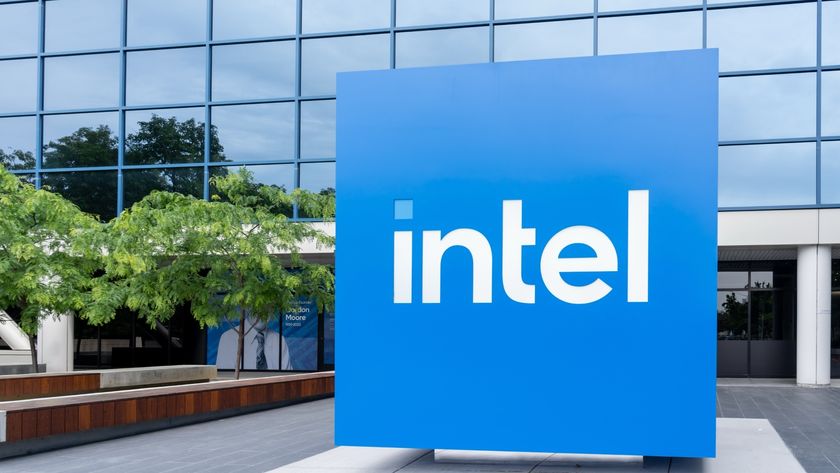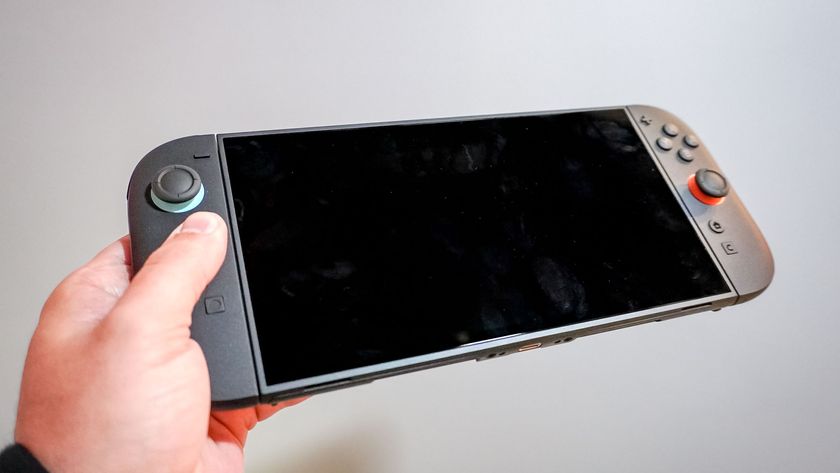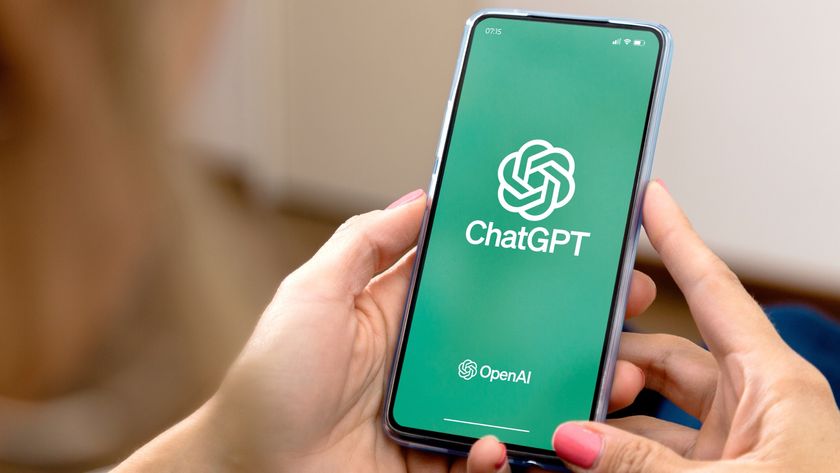Forget iPhone 13 — the iPhone 14 will get this huge upgrade
The 2022 iPhone will use a 4nm chip, analysts say
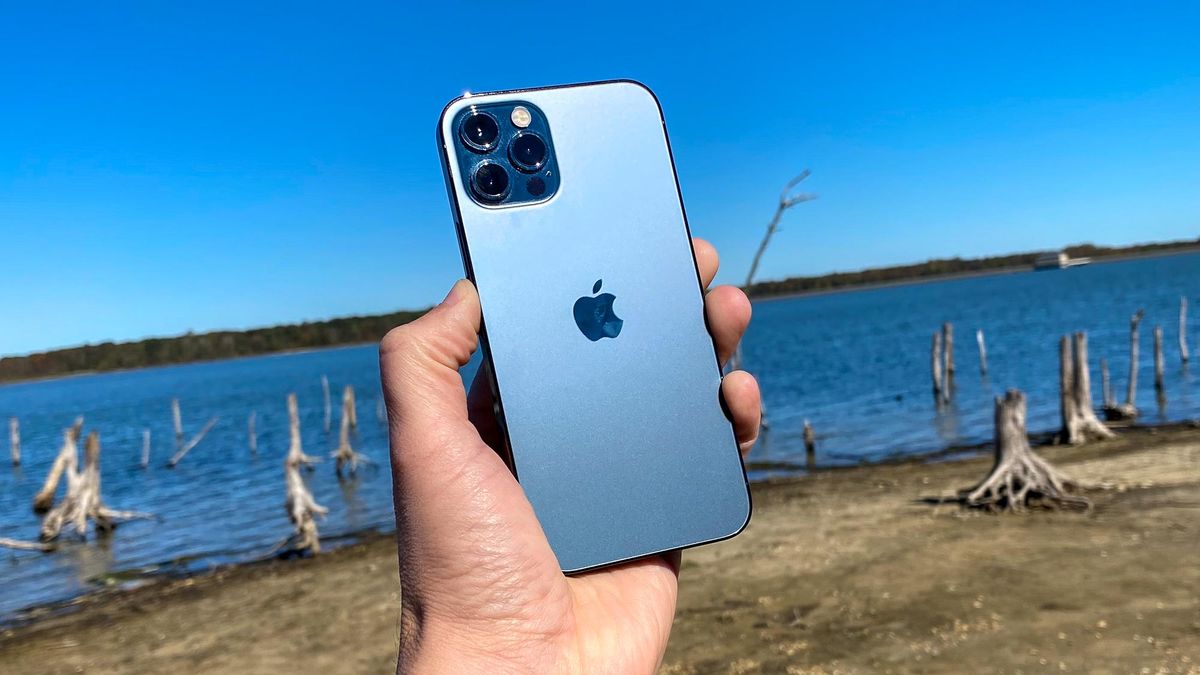
The iPhone 12 may only just be arriving in early buyers’ pockets, but Apple is already working on both 2021’s iPhone 13 and the handset to follow in 2022.
According to TrendForce’s analysts, Apple is planning on switching to SoCs manufactured using the 4nm process for the A16 chip powering the iPhone 14.
- The best iPhones you can buy
- iPhone 13: Everything you need to know
- PLUS: It looks like the Galaxy Note is dead — good
“Based on current data, Apple is highly likely to continue manufacturing its A16 SoCs with the 4nm process technology,” the company writes. “This may lead TSMC to further expand its 5nm capacity at that time to fulfill high demand from clients.”
Reducing the size of chips is a good thing for a number of reasons, chiefly in terms of performance and energy efficiency. A physically smaller size means that electrons have shorter distances to travel, which in turn means that less power is lost to electrical resistance. In short: things are faster, more efficient and with less heat generated.
Apple has been aggressively pursuing smaller and smaller SoCs in its handsets, with 7nm chips in the iPhone 11 and 5nm ones for the iPhone 12. The M1 chips powering the brand new Apple Silicon Macs are also manufactured to 5nm specifications, and this size, TrendForce says, will persist into next year’s A15 chip – albeit with an improved process from chipmaker TSMC.
That doesn’t mean that the iPhone 13 isn’t something to look forward to, with a number of improvements already beginning to leak. For one thing, it looks like we’re finally getting that 120Hz screen that was rumored for 2020’s set of iPhone 12 Pros. The LTPO display rumored for the iPhone 13 Pro would be able to dynamically scale its refresh rate, meaning that it can adapt to a given situation (e.g: 1Hz for an always-on display; 120Hz for a twitchy first-person shooter.)
There’s also a rumor that the iPhone 13 will use soft board batteries with fewer layers than on previous generations. If this is true, then Apple could increase the mAh capacity of the battery without needing a larger phone – or it could even make the handset smaller and stick with the same mAh rating.
Sign up to get the BEST of Tom's Guide direct to your inbox.
Get instant access to breaking news, the hottest reviews, great deals and helpful tips.
Hopefully, it will be the former though, because while the iPhone 12 and iPhone 12 Pro are very fine handsets, they have a clear Achilles' Heel: battery life. In our tests we found that both models have less stamina than their iPhone 11 equivalents – though 5G is mostly to blame. The iPhone 12 Pro Max is the one to get if you want the longest endurance.
Freelance contributor Alan has been writing about tech for over a decade, covering phones, drones and everything in between. Previously Deputy Editor of tech site Alphr, his words are found all over the web and in the occasional magazine too. When not weighing up the pros and cons of the latest smartwatch, you'll probably find him tackling his ever-growing games backlog. Or, more likely, playing Spelunky for the millionth time.

